
Last month, the iQOO 12 was launched as the latest flagship device from the vivo sub-brand that offers a whole laundry list of cutting-edge features and specs for a relatively affordable price (for a flagship, that is). For one thing, the iQOO 12 is the first smartphone in the Malaysian market to offer the brand new Qualcomm Snapdragon 8 Gen 3 chipset, but it’s no slouch in the other departments either.
I’ve been using this phone for a couple of weeks and I gotta say, this phone isn’t just a good bang for buck but it actually performs well in areas where brands usually cut corners to offer “budget” flagships. Let’s get into the details.
Specifications
As previously mentioned, the iQOO 12 features the latest and greatest Snapdragon 8 Gen 3 SoC from Qualcomm, paired with a whopping 16GB of RAM and 512GB of storage. It comes with three big camera sensors and two of them are actually equipped with optical image stabilization (OIS). There’s a 50MP main shooter, a 50MP ultra-wide, and a 64MP telephoto lens with 3x optical zoom and 100x digital zoom. The ultra-wide gets autofocus but sadly, not the 16MP front snapper.
Powering it is a standard-capacity 5,000mAh with support for 120W charging and no wireless charging, unfortunately. With the new chip, the phone supports 5G, NFC, Bluetooth 5.4, and Wi-Fi 7, making it quite future-proof.
For the display, it uses a 6.78-inch AMOLED panel with a 2.8K resolution and a high refresh rate of 144Hz, capable of reaching up to 3,000 nits in terms of brightness. There’s also vivo’s in-house Q1 chip which supposedly improves the gaming experience visually.
Looks & Functionality
While the iQOO 12 doesn’t have a gimmicky design that makes it stand out, it still has a beautifully minimal but thoughtful chassis that you can appreciate. It has a flat display with flat edges that let the phone stand up on its own and the back has a soft-touch texture which is nice to feel and minimises fingerprints. That being said, the anti-fingerprint-proofing doesn’t extend to the metal edges, which get dirty the moment you hold the phone.
The display can get really bright under direct sunlight, making it usable, and in most other outdoor situations, I didn’t find much to complain about. As you would expect from a 144Hz peak refresh rate, using the phone feels incredibly smooth but admittedly, it’s not much of a noticeable difference from 120Hz, so it’s not a feature that you should particularly care about.
On the back, the iQOO 12 sports a massive rectangular camera bump that houses all three sensors, but the flash sits outside the bump. While big camera islands usually result in a wobbly experience when you try to use the phone on a table, that’s not the case here as the sheer size allows the phone to lie stably. One thing you can’t ignore about the handleability of this phone, however, is the fact that it’s very much top-heavy, giving it an unbalanced feel when using it with one hand.
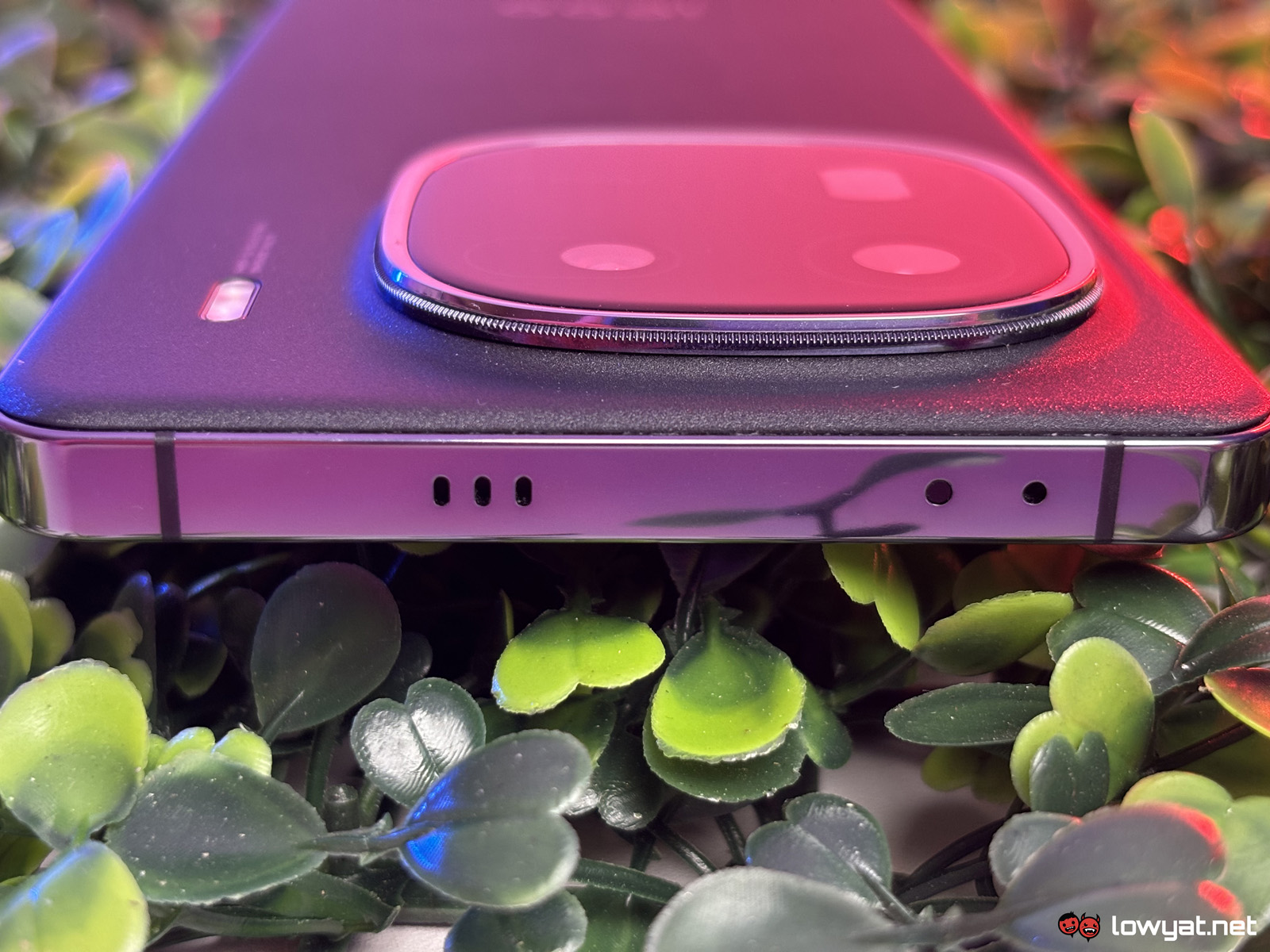
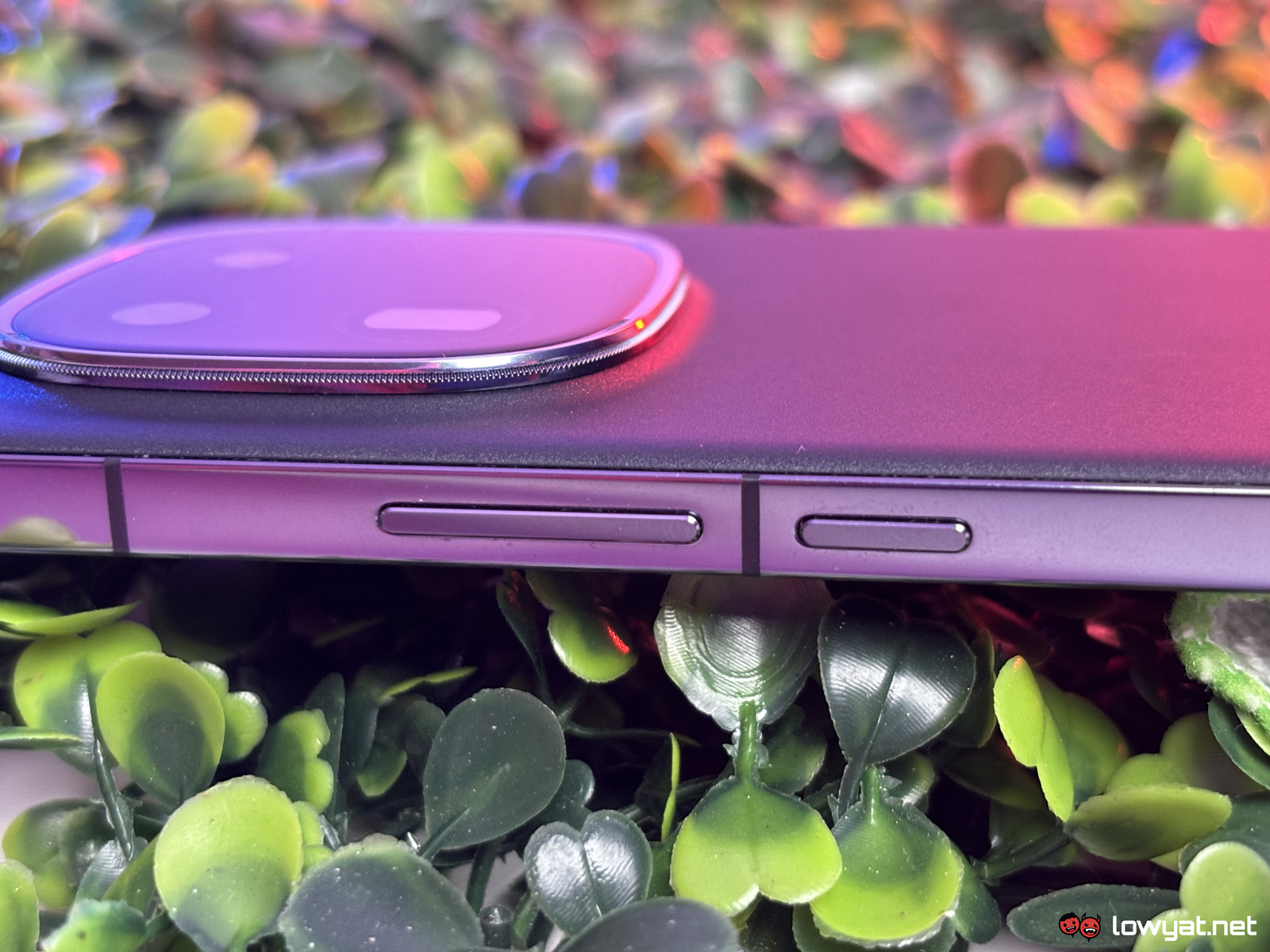
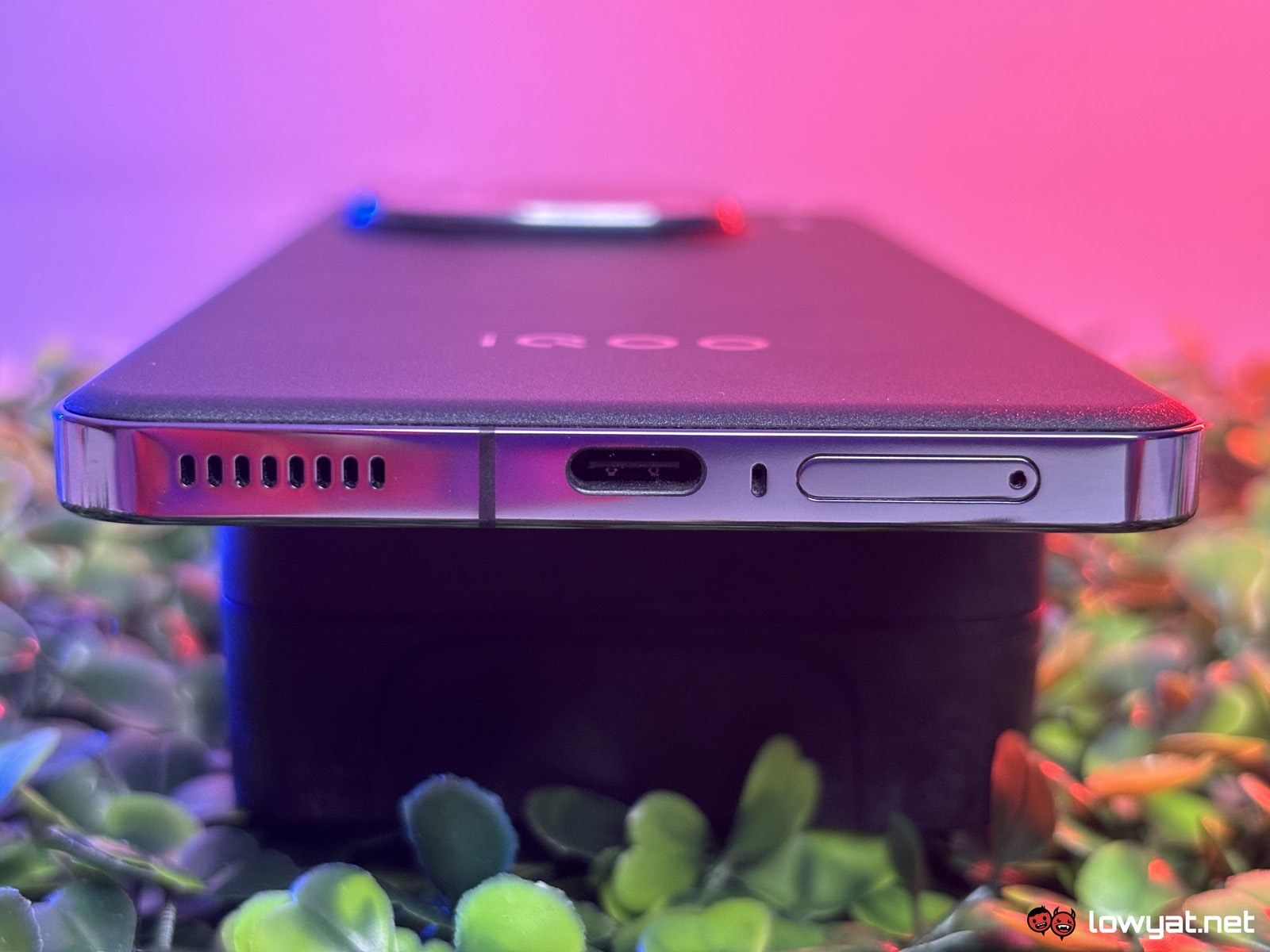
Both the power button and the volume rockers are placed on the right-hand side of the phone while the SIM card tray is situated at the bottom — annoyingly, this is a flagship in 2024 that still doesn’t support eSIM. There are stereo speakers with one each on the top and bottom, but they’re not the best sound-sounding speakers around. They don’t sound very full nor do they get very loud, and they’re also too bass-heavy for my taste.
Performance & Battery
As anyone can tell, the Snapdragon 8 Gen 3 inside the iQOO 12 makes quick work of any task you throw at it with ease and with 16GB of RAM, you’ll be hard-pressed to find any lag or stuttering. Everything from social media apps to resource-intensive gaming ran smoothly while staying cool, which I’ll talk more about below.
On the major synthetic benchmarks, the phone excelled in every category but with a caveat. On 3DMark, while its top score blows phones with the Snapdragon predecessor out of the water, the phone had a relatively low stability score of just under 60%, meaning that it would sometimes overheat with a continuous heavy load. After it was finished with GFXBench, the iQOO 12 was sizzling hot and I couldn’t even hold the phone until it cooled off.
In real-life performance, however, things stayed a lot more cool. I’m not much of a gamer but I had my girlfriend play PUBG Mobile on the highest possible settings for a couple of hours and, conclusively, the phone barely warmed up.
The battery life on the iQOO 12 is spectacular, both in day-to-day usage and testing. For daily life, I regularly had more than a 50% charge left over even with moderate usage, meaning I could comfortably use it for two days at a time without charging. When it came to the YouTube streaming endurance test, it lasted a staggering 25 hours, which is one of the best results I’ve ever seen to date.
Camera
While I’ve already raved about every other aspect of the phone, the photography capabilities of the iQOO 12 are its defining feature. Any of my friends and colleagues will tell you that I’m, on good days, a mediocre photographer, but this phone allowed me to take beautiful shots with no effort.
Whether it was indoors or outdoors, every picture was naturally sharp and full of dynamic range. With its snapshot feature, you can even take pictures of people in action (like skateboarding or hitting the batting cages) with minimal to no blurring. When it comes to night photography, the phone does a lot of processing to make the image as bright as possible without looking too artificial, capturing detail in the dark that sometimes I couldn’t even see with my naked eye.
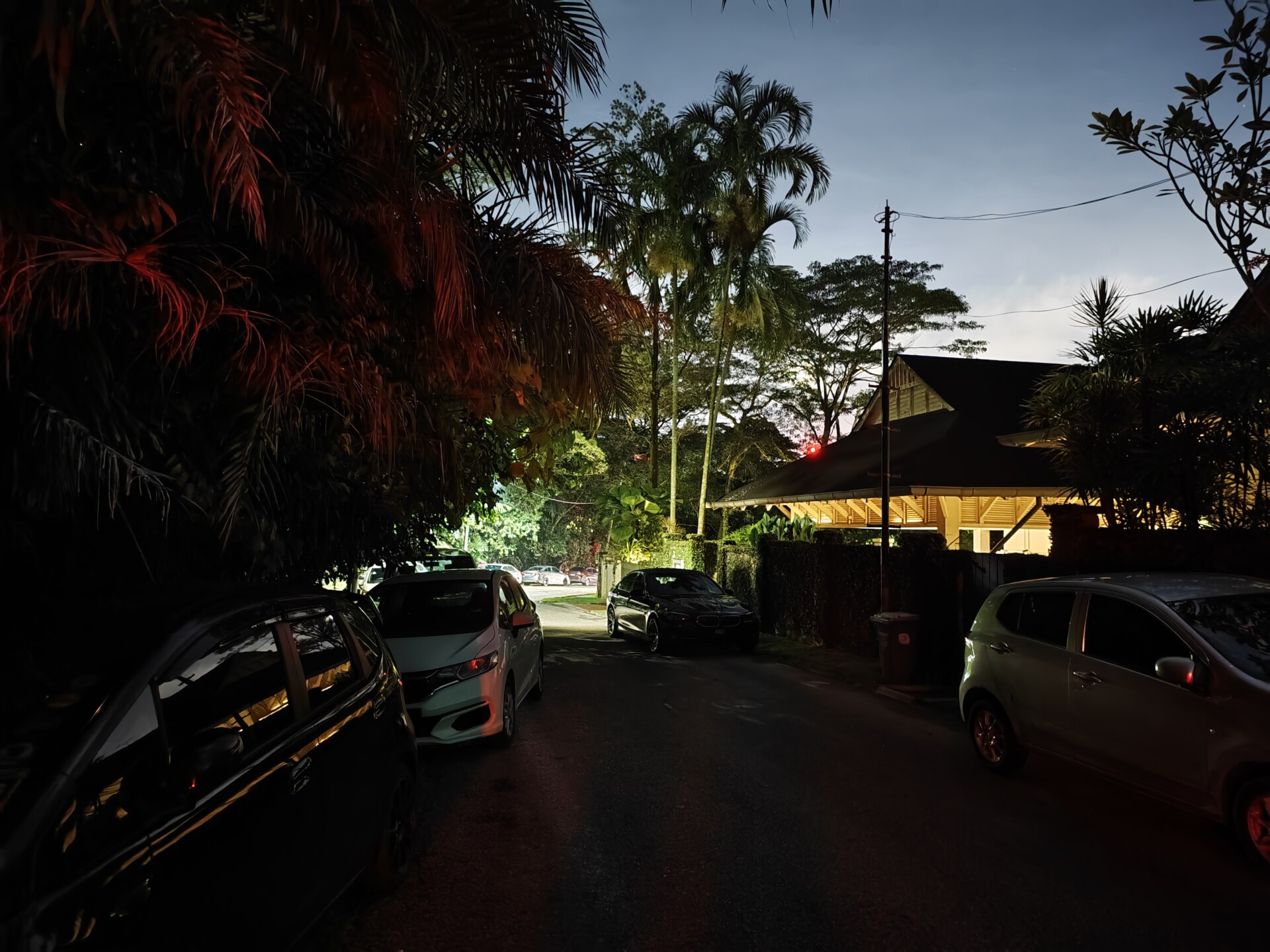
The telephoto lens is especially impressive; while there are definitely more expensive phones with better periscope cameras, the iQOO 12’s can hold its own. In good outdoor lighting, I found that you could zoom up to 30x while still maintaining a decent image quality. Additionally, the telephoto doubles as a macro lens that was fun to play with. I could zoom into the tip of a pen with great detail and when pointed at a screen, you could even see the individual pixels, which is no small feat.
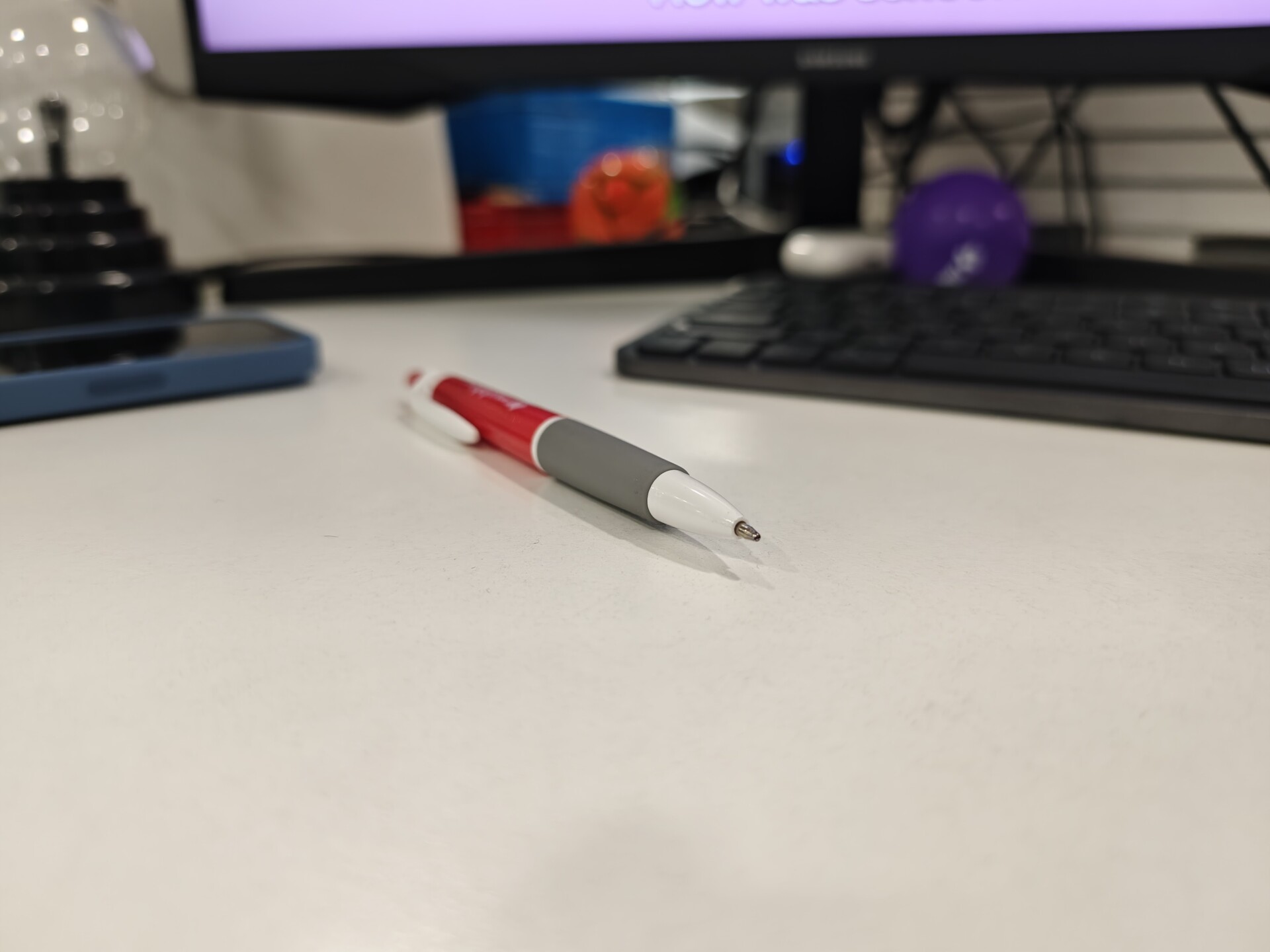
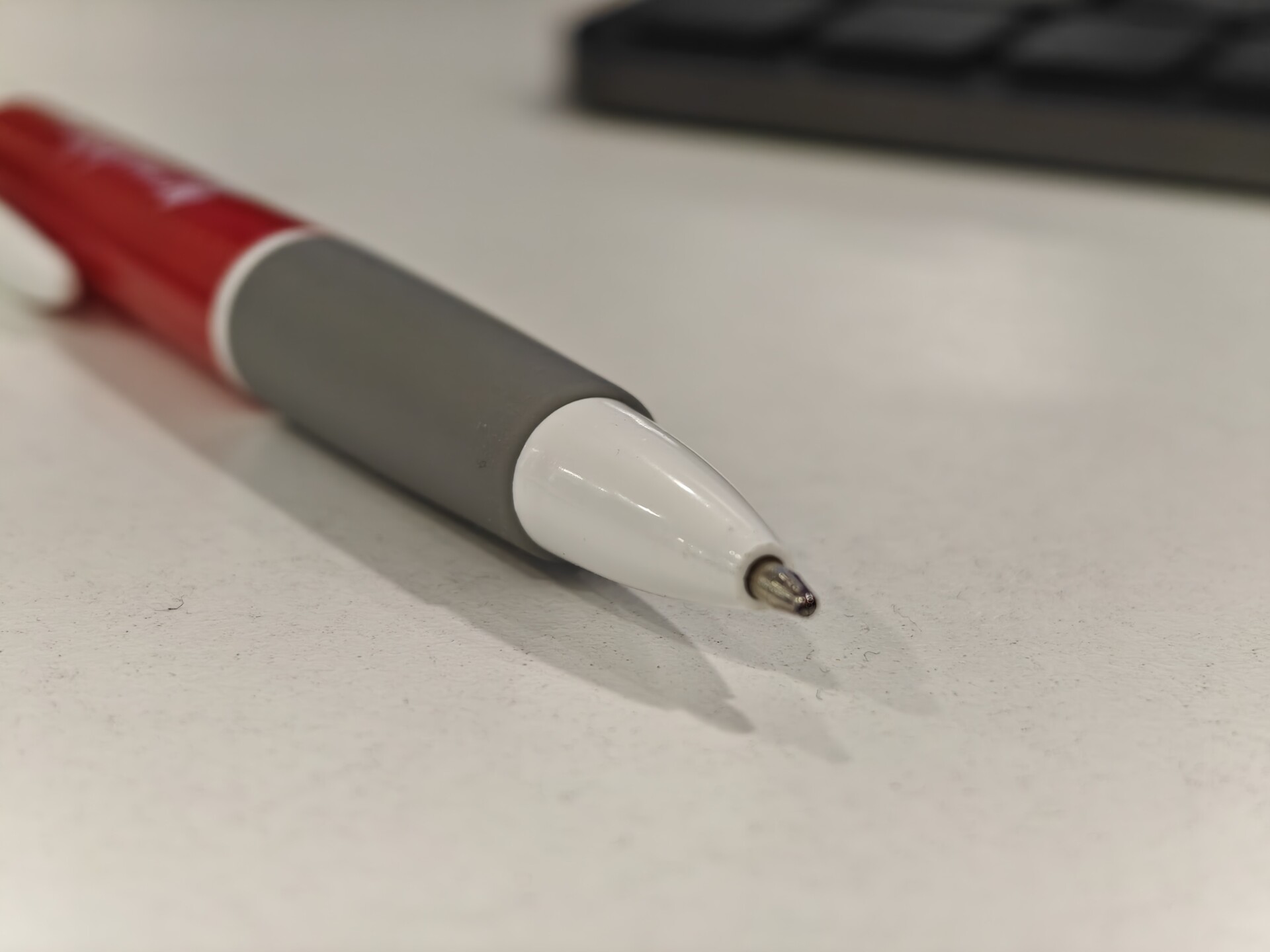
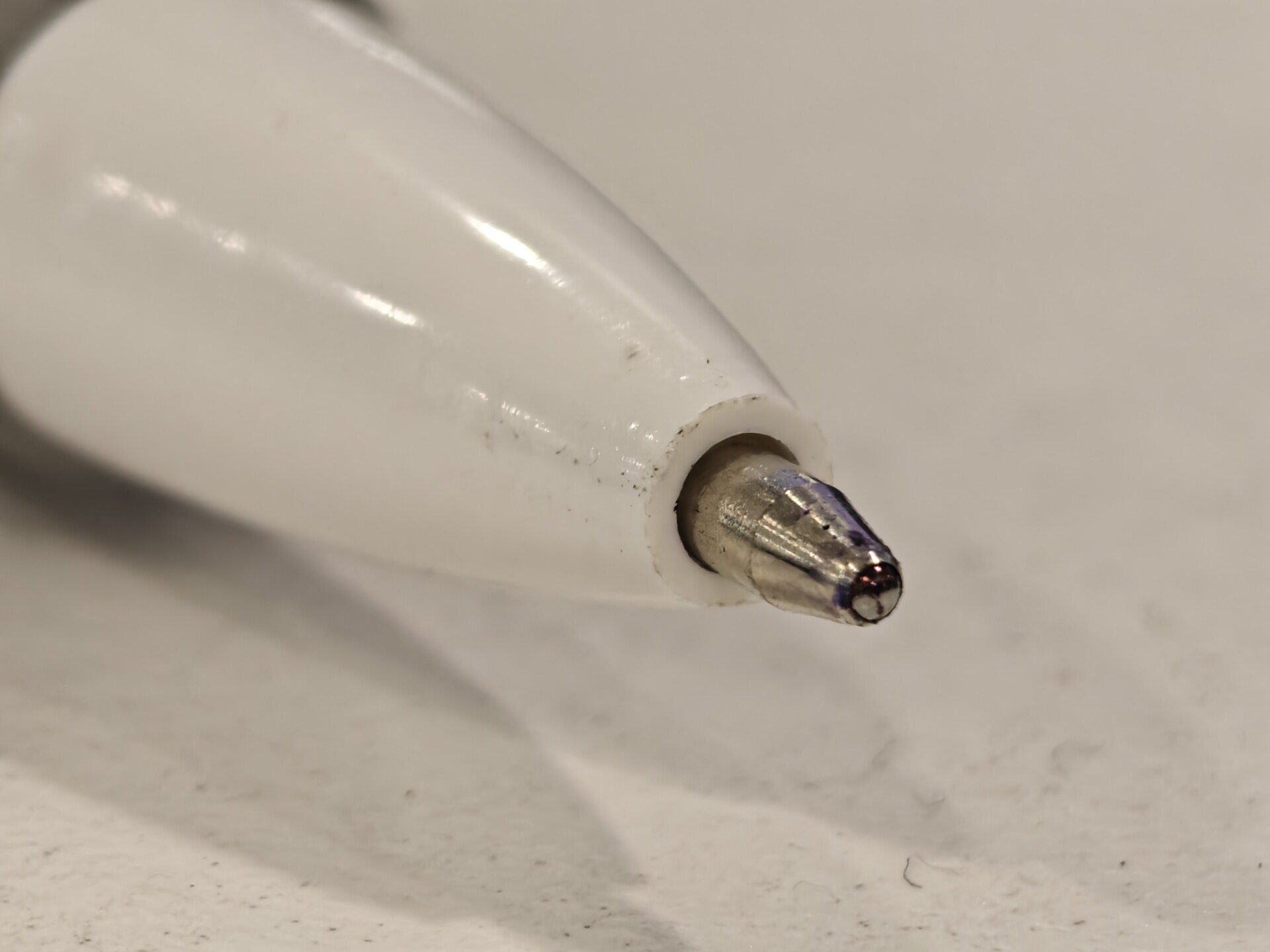
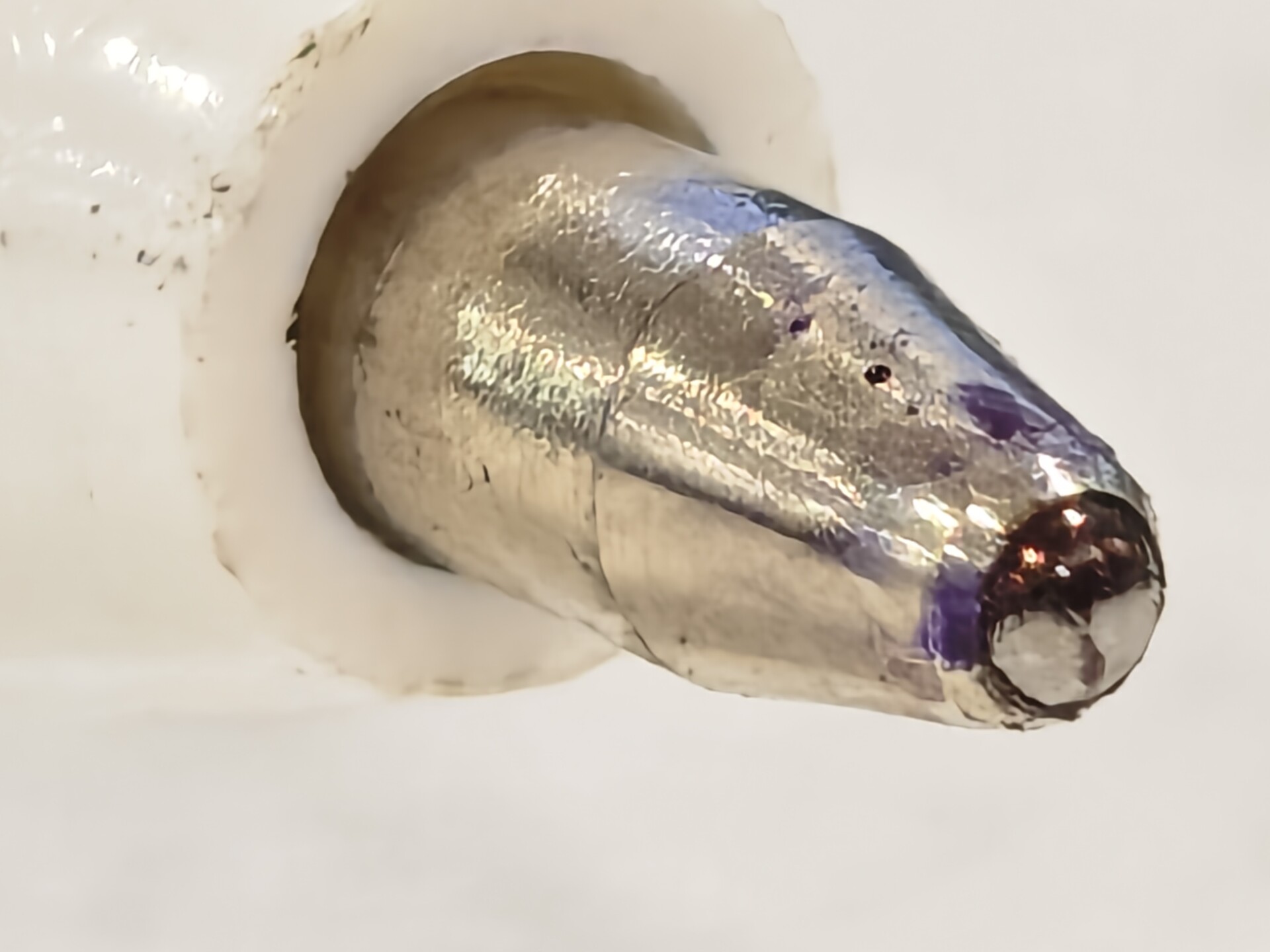
Sample Images
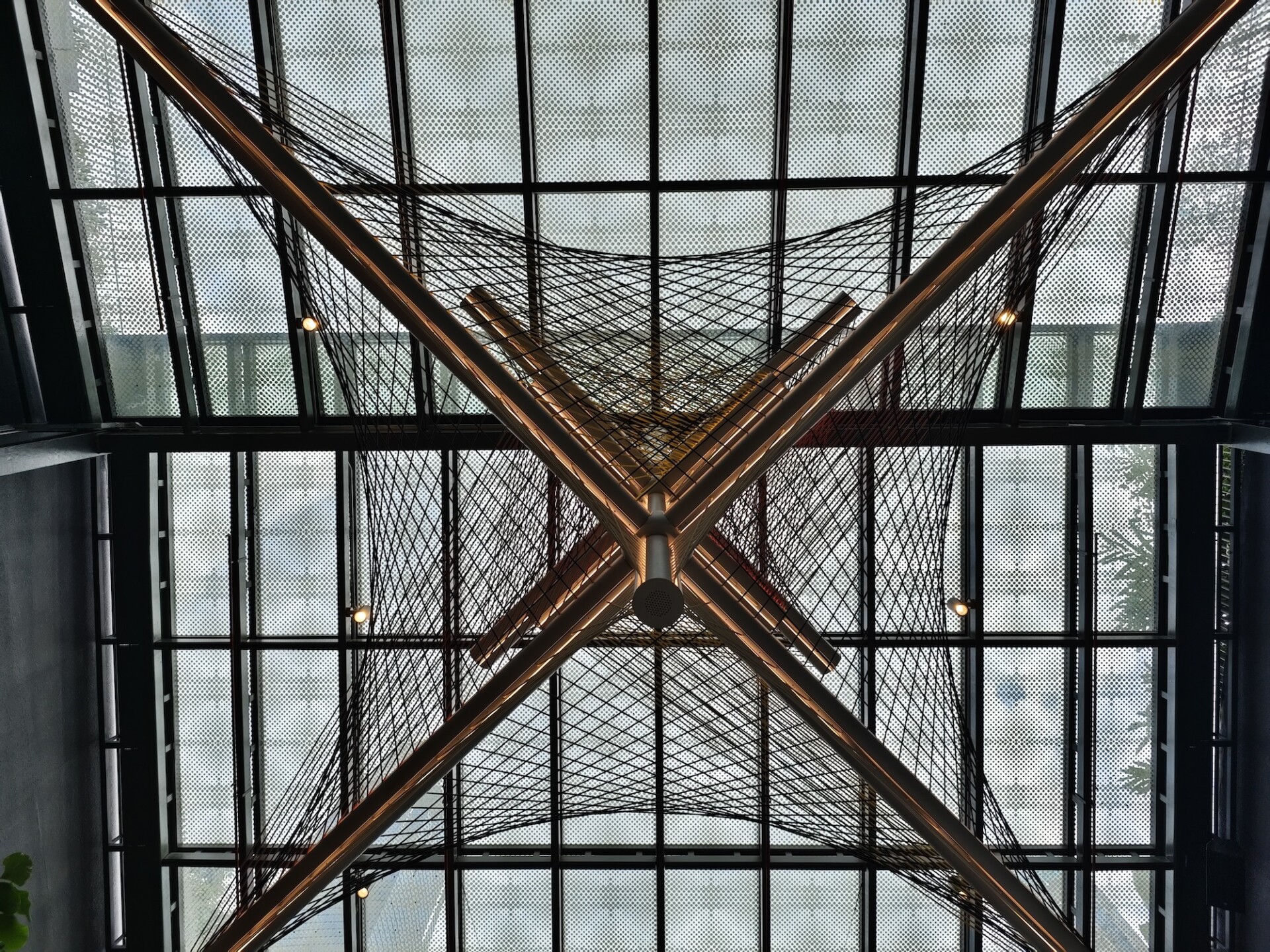


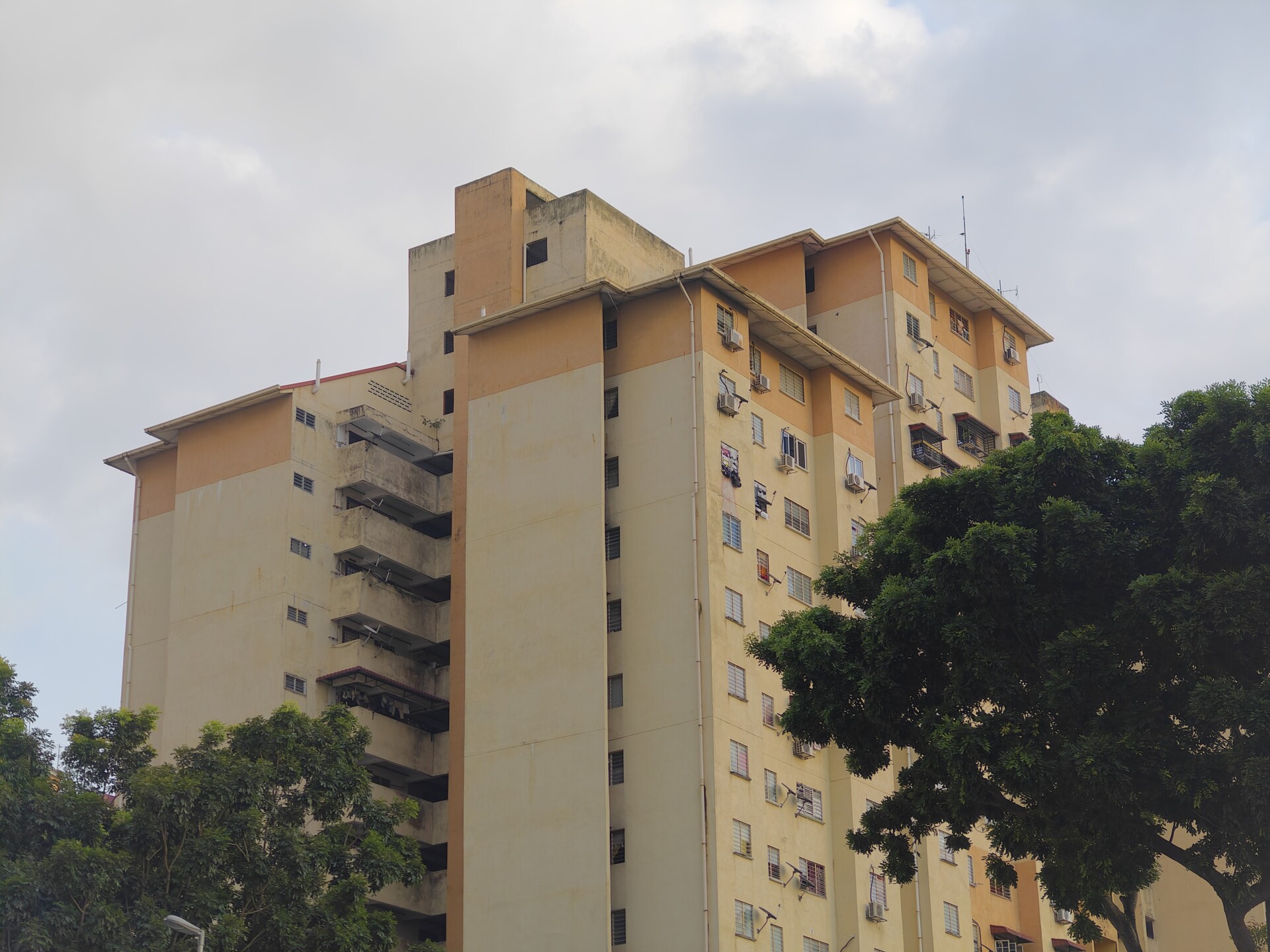
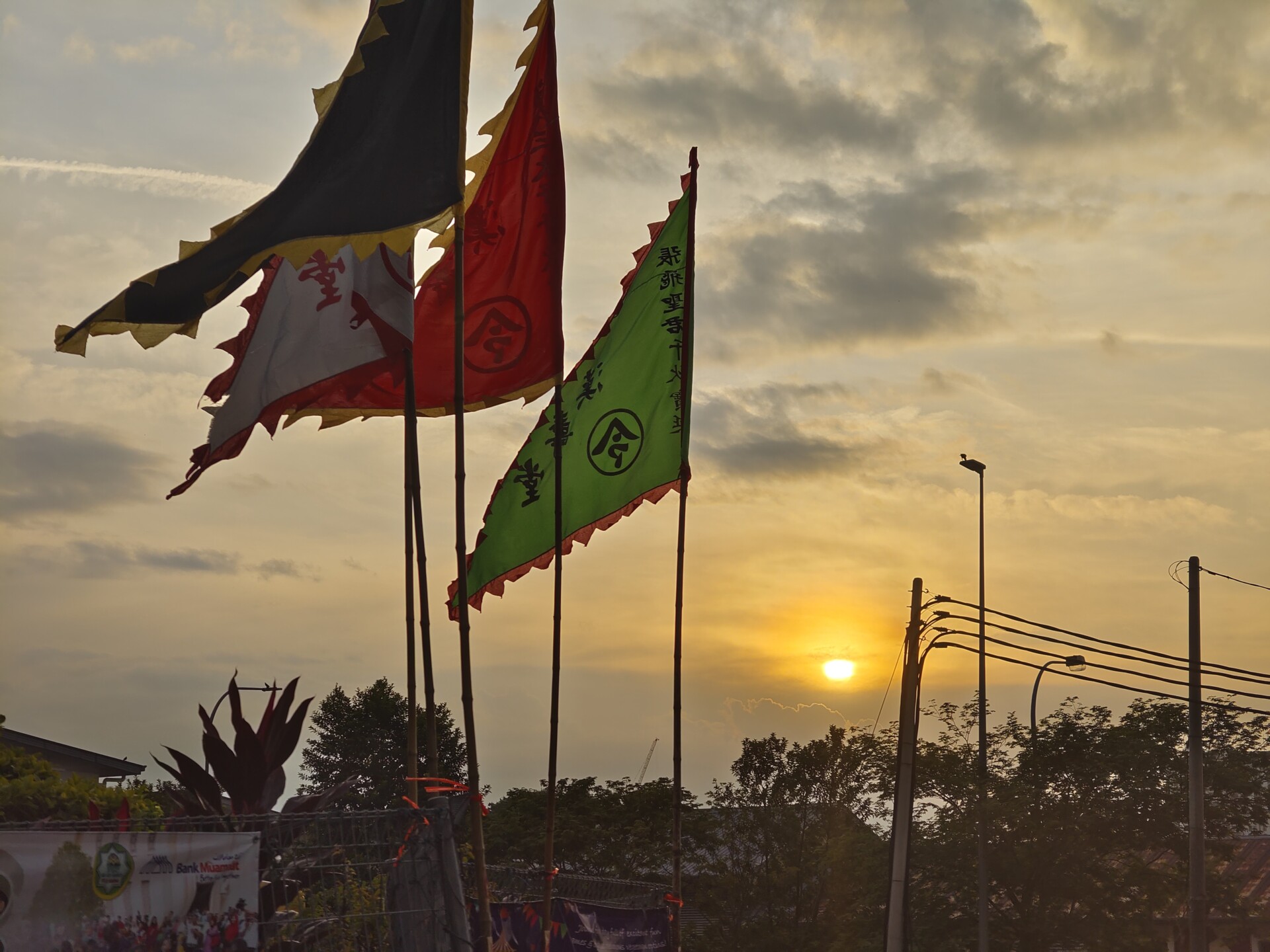

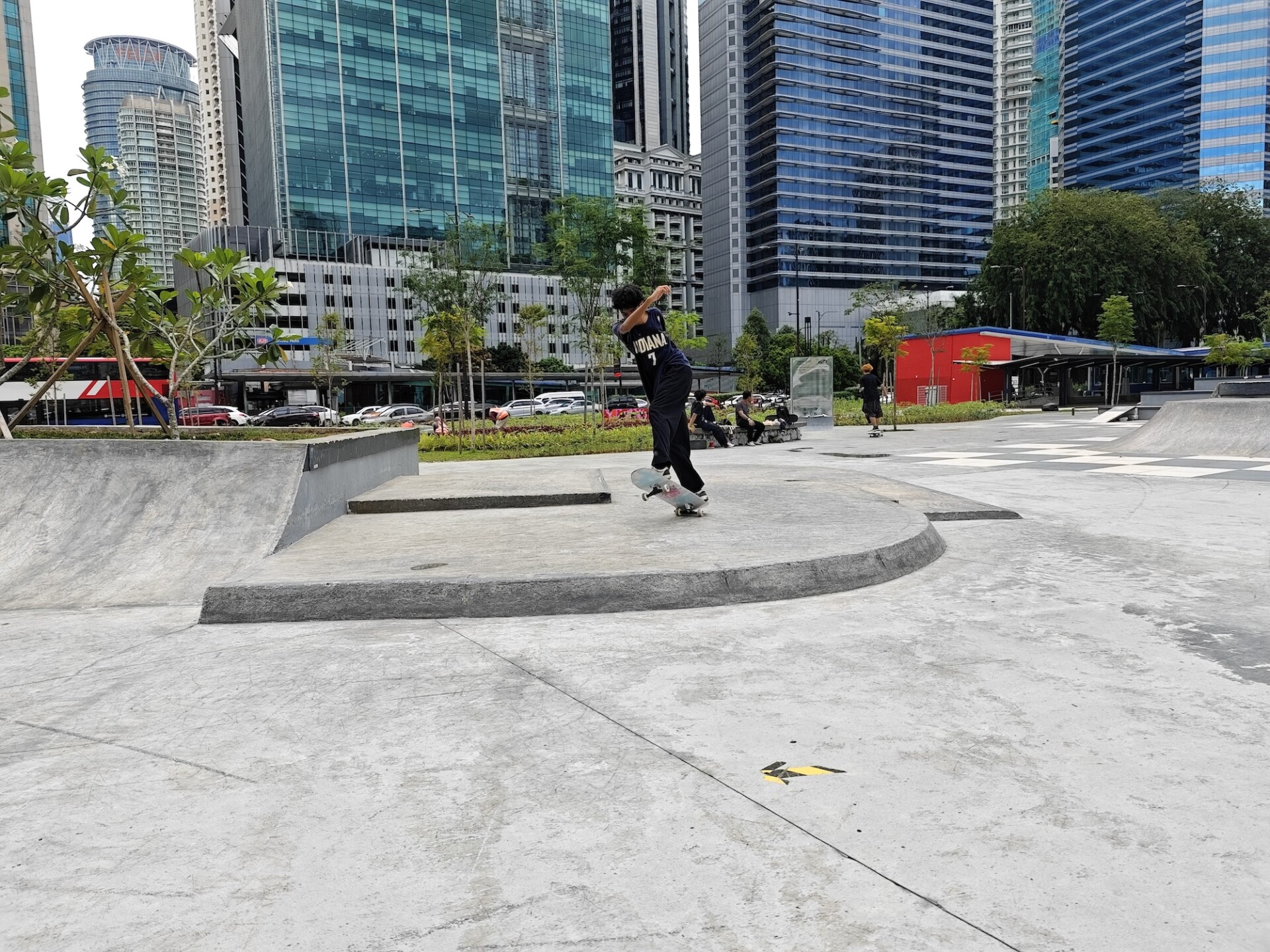









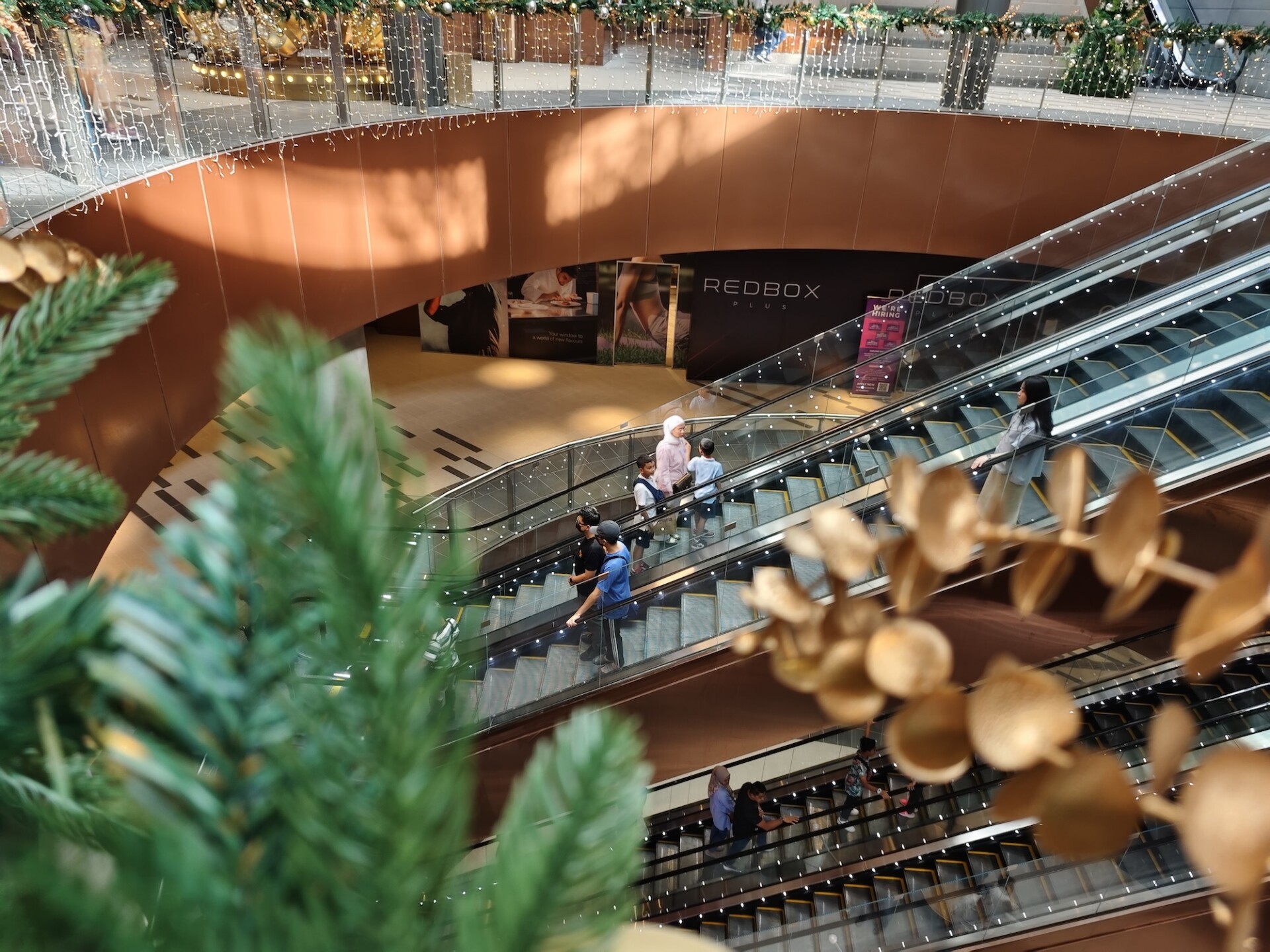



Competition
OnePlus 11
The only flagship with a comparable size is the OnePlus 11, which was released in early 2023 (there are other flagships under the RM4K mark, but they come in a significantly smaller package). The OnePlus 11 sports a 6.7-inch 1440p LTPO AMOLED display with a 120Hz refresh rate.
It runs on last year’s Snapdragon 8 Gen 2 with up to 16GB of RAM and 256GB of storage, but even this configuration costs more than the iQOO 12 at RM3,599, while the base 8GB+128GB is priced at RM3,299. With the price tag, you get a 50MP main camera with OIS, a 48MP ultra-wide, and a 32MP telephoto lens with 2x optical zoom.
Similarly, it’s powered by a 5,000mAh battery and charges at a comparable speed of 100W. Like the iQOO 12, it supports Wi-Fi 7 and 5G, but is only equipped with Bluetooth 5.3. One advantage it has over the iQOO is that the 11 supports eSIM.
Conclusion
Suffice to say, I’d highly recommend the iQOO 12 to anyone looking for a good-value, high-end smartphone. Everything about this device took me by surprise, in a good way, and while there are obviously some small kinks that need improvement, this might be one of the best Android phones you can get at the moment, at least at this price point.
The cameras on the iQOO 12 are remarkable and reliable, the display is bright and vivid, the battery can go for days, and there’s not much to complain about the design. My only feedback for iQOO for its next flagship is to maybe improve the speakers and to definitely add eSIM support.
The post iQOO 12 Review: A Beast You Can Afford appeared first on Lowyat.NET.
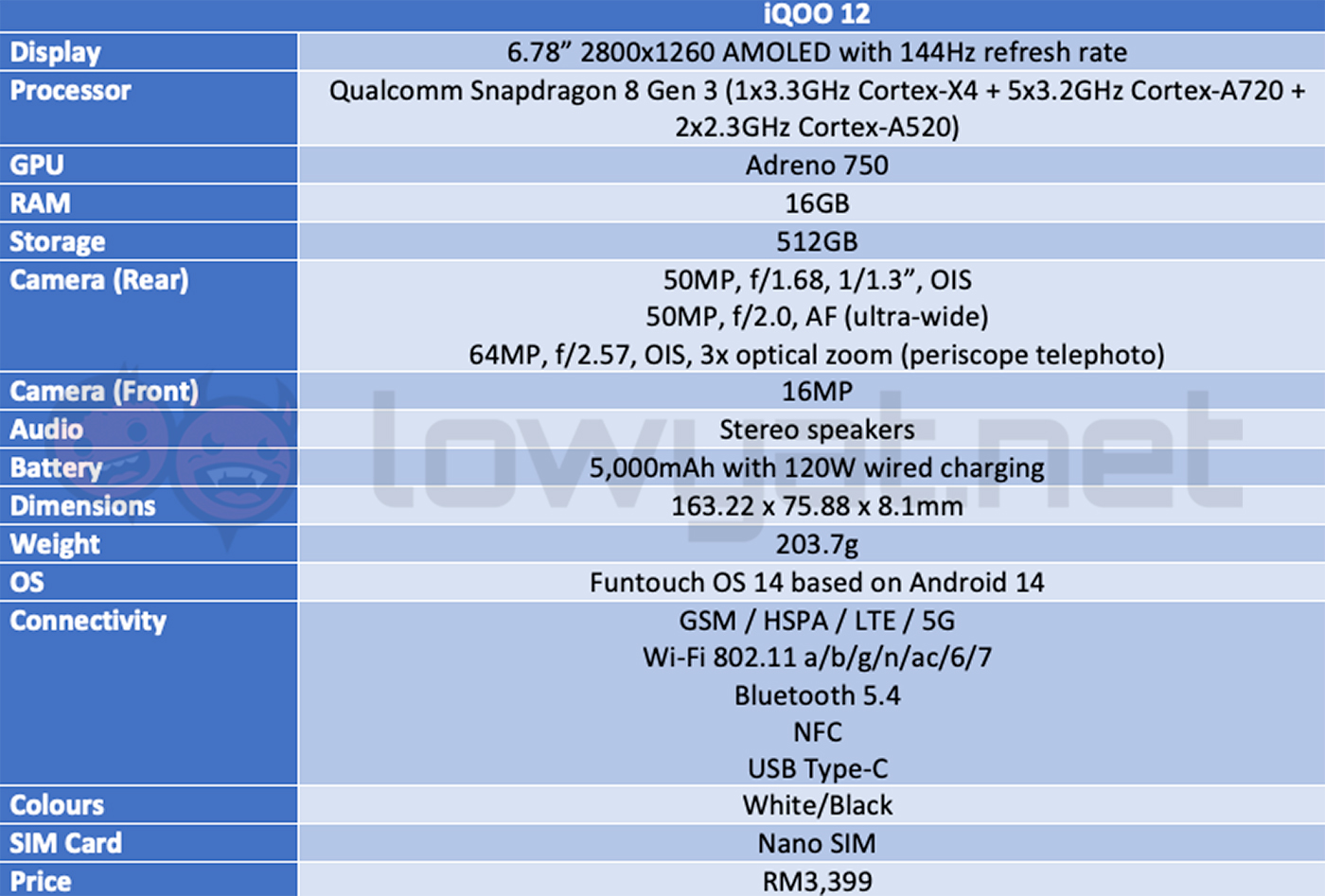
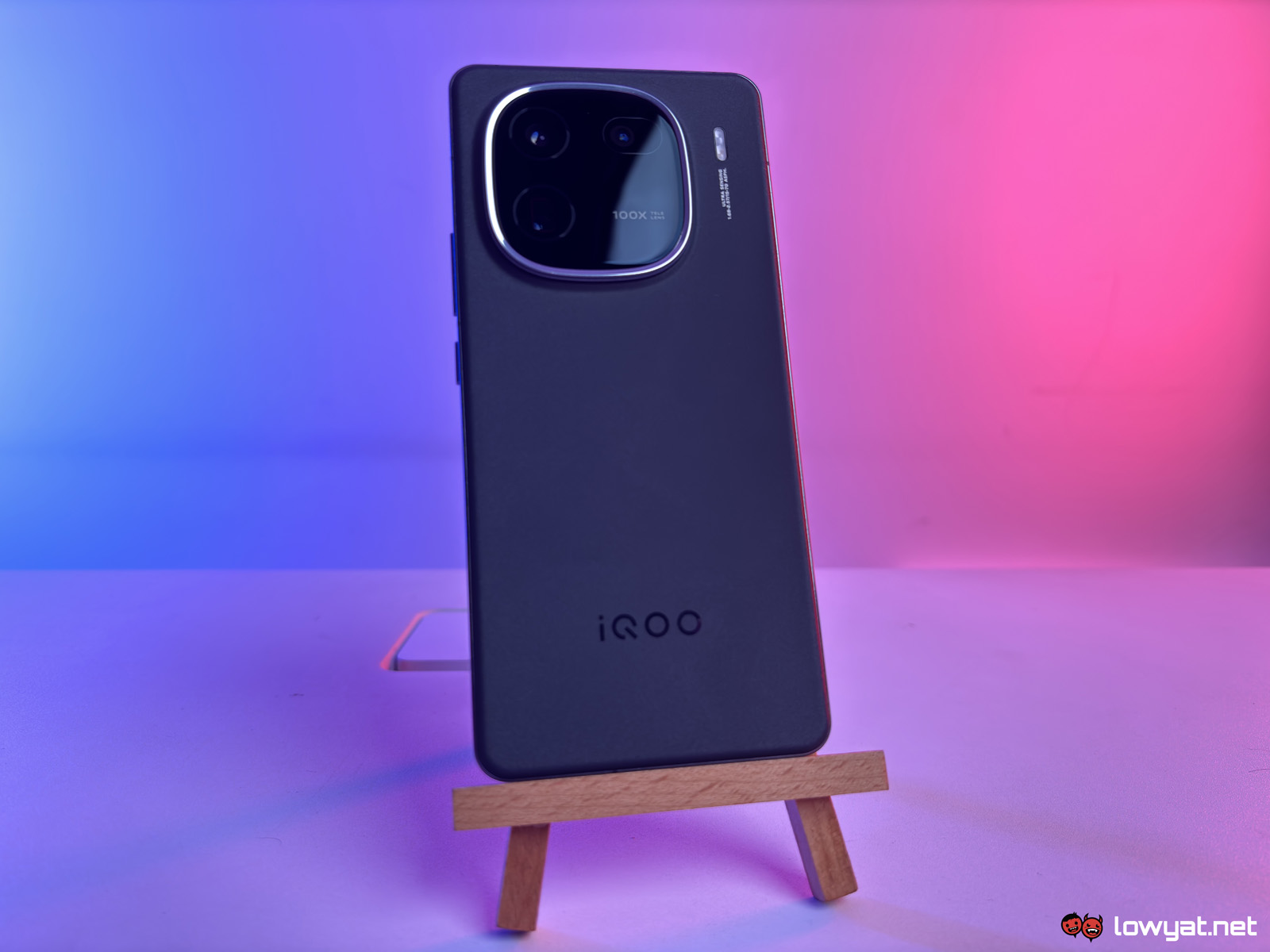
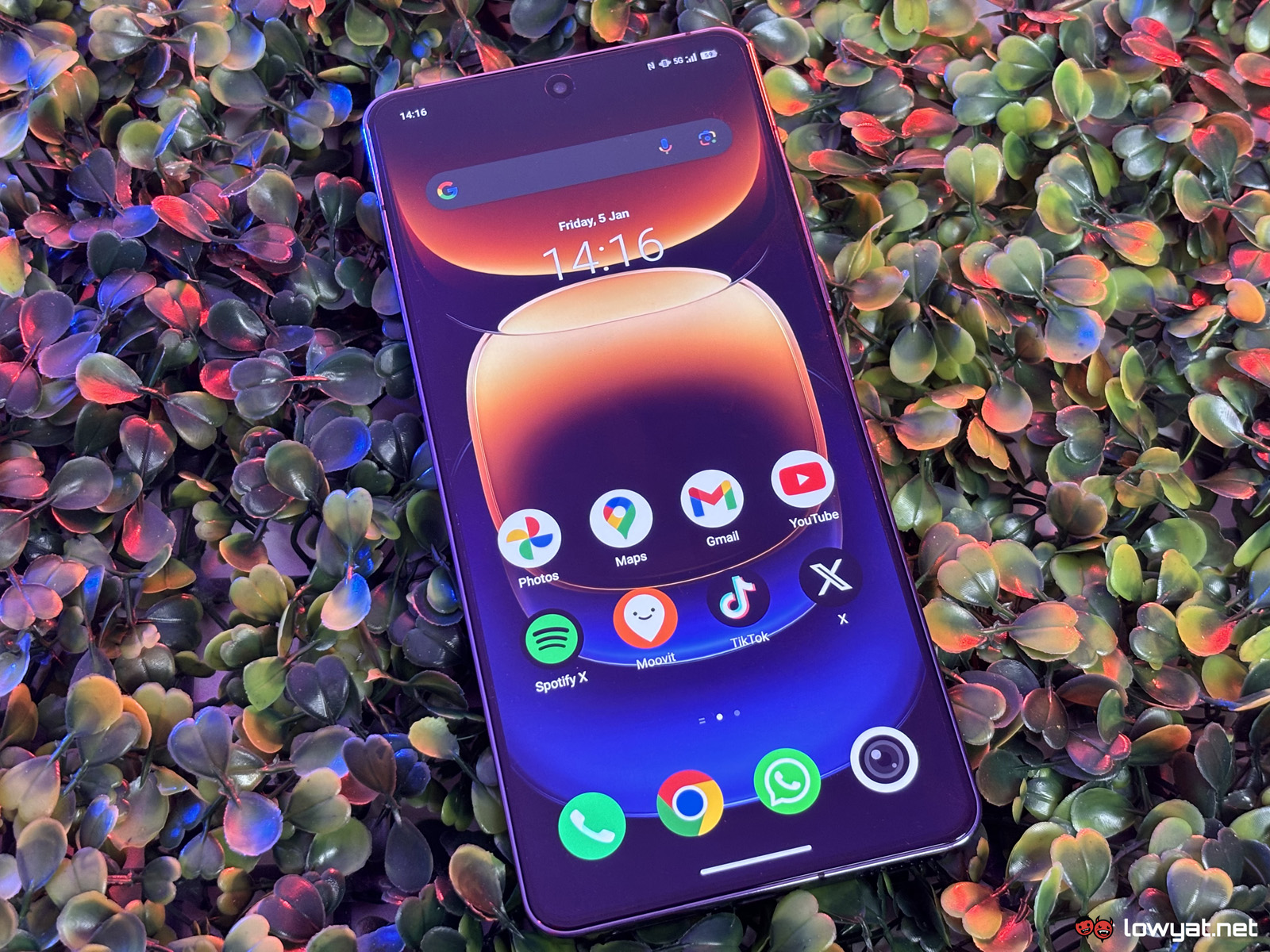
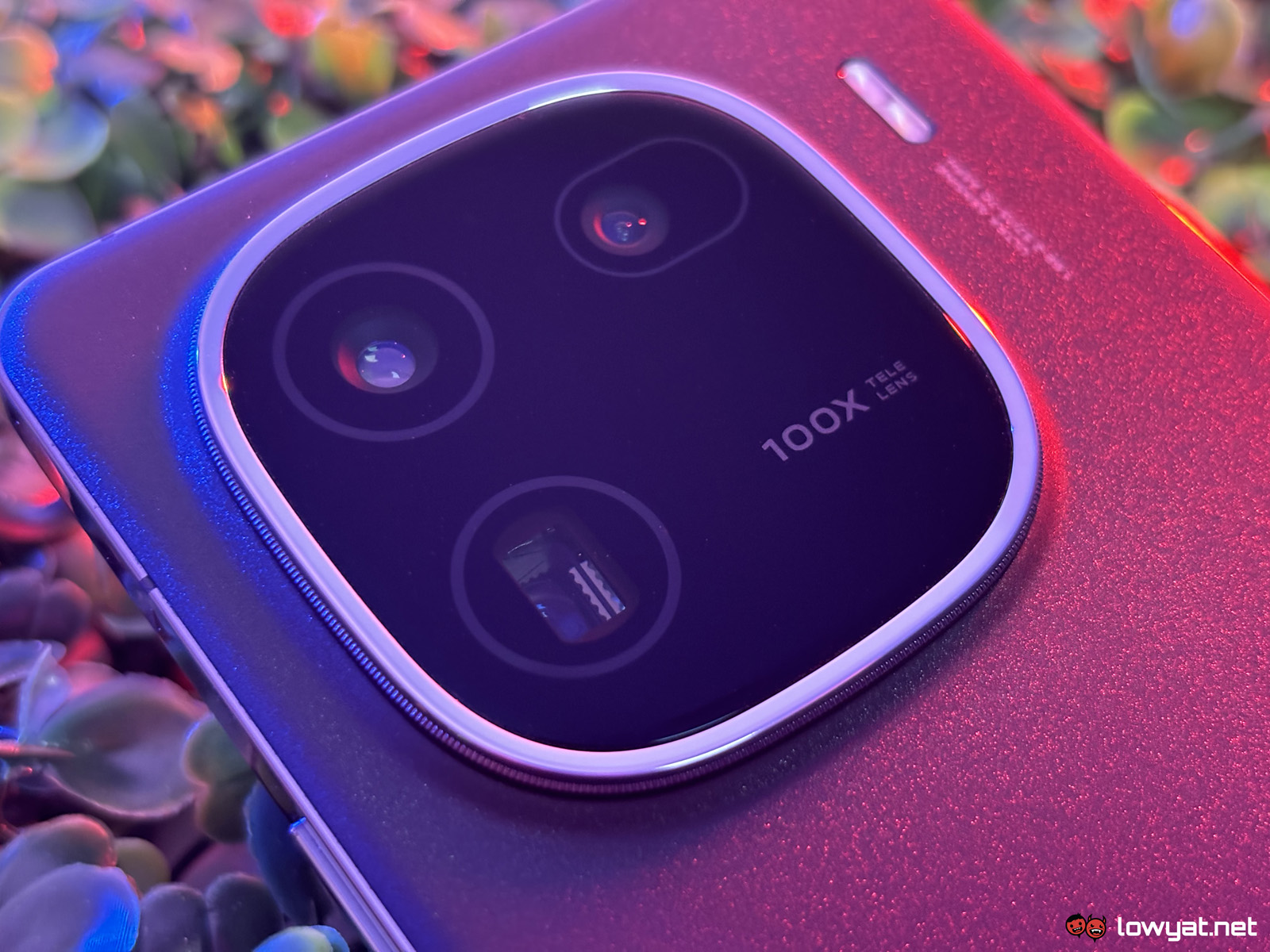
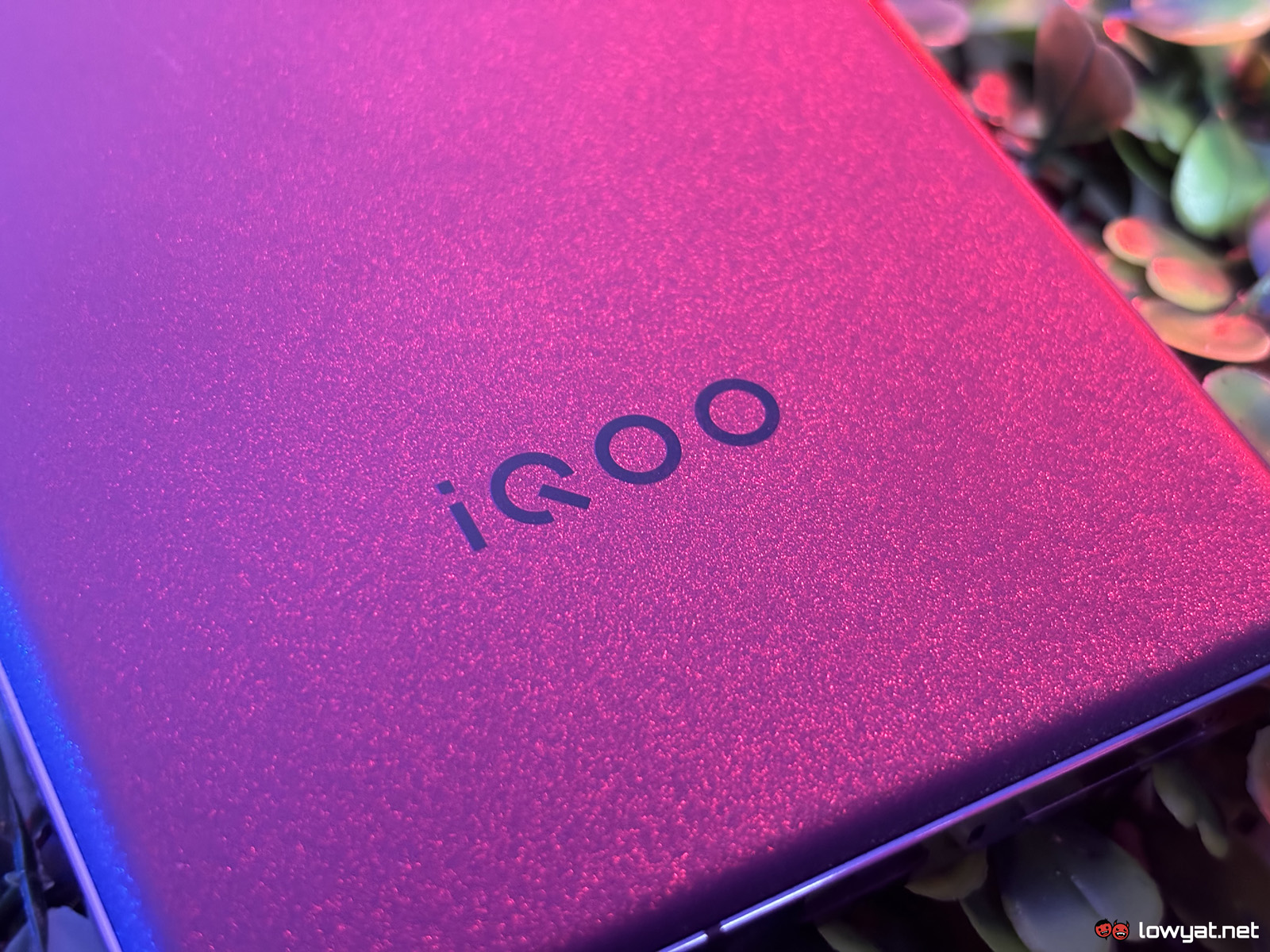
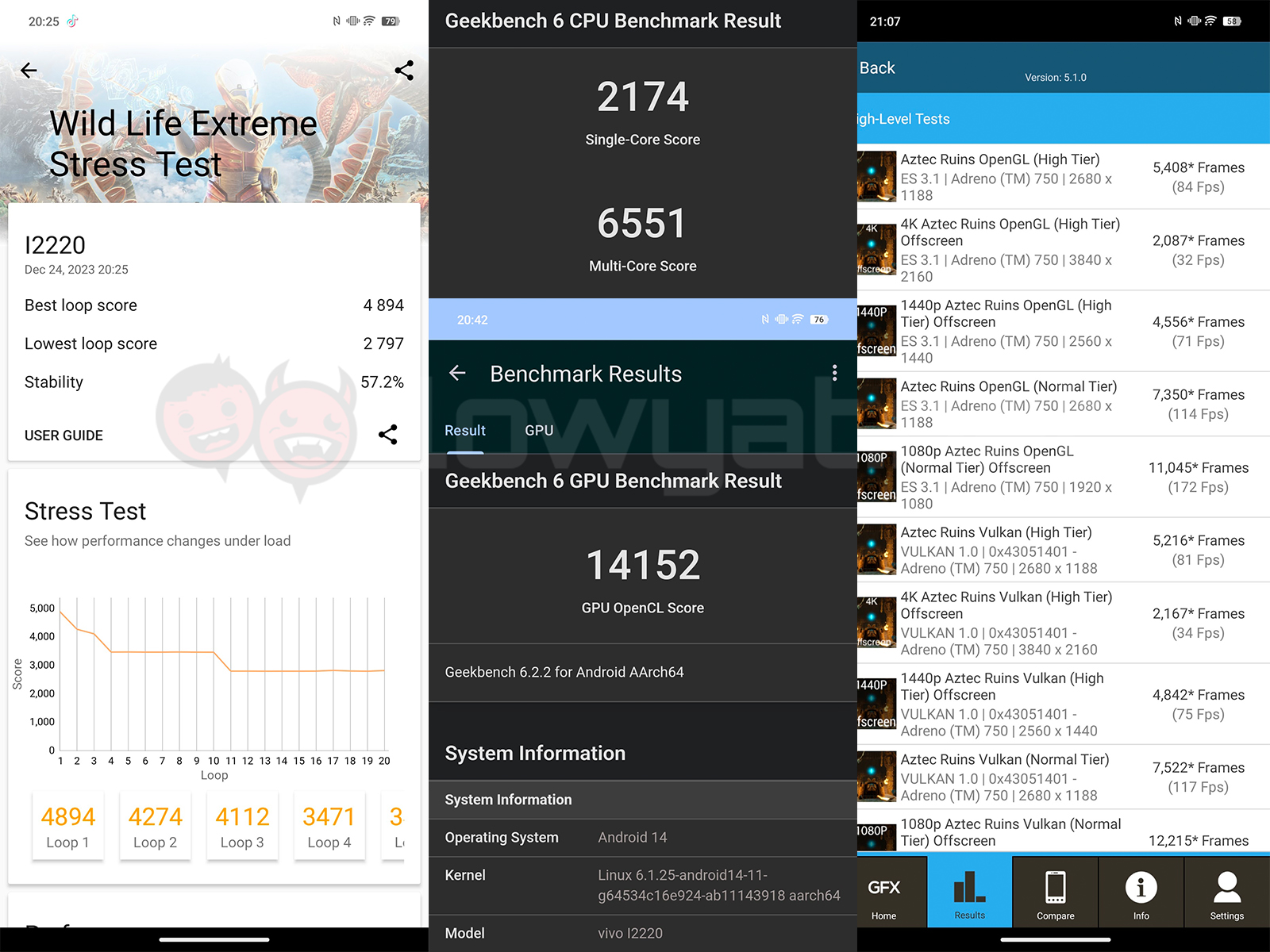
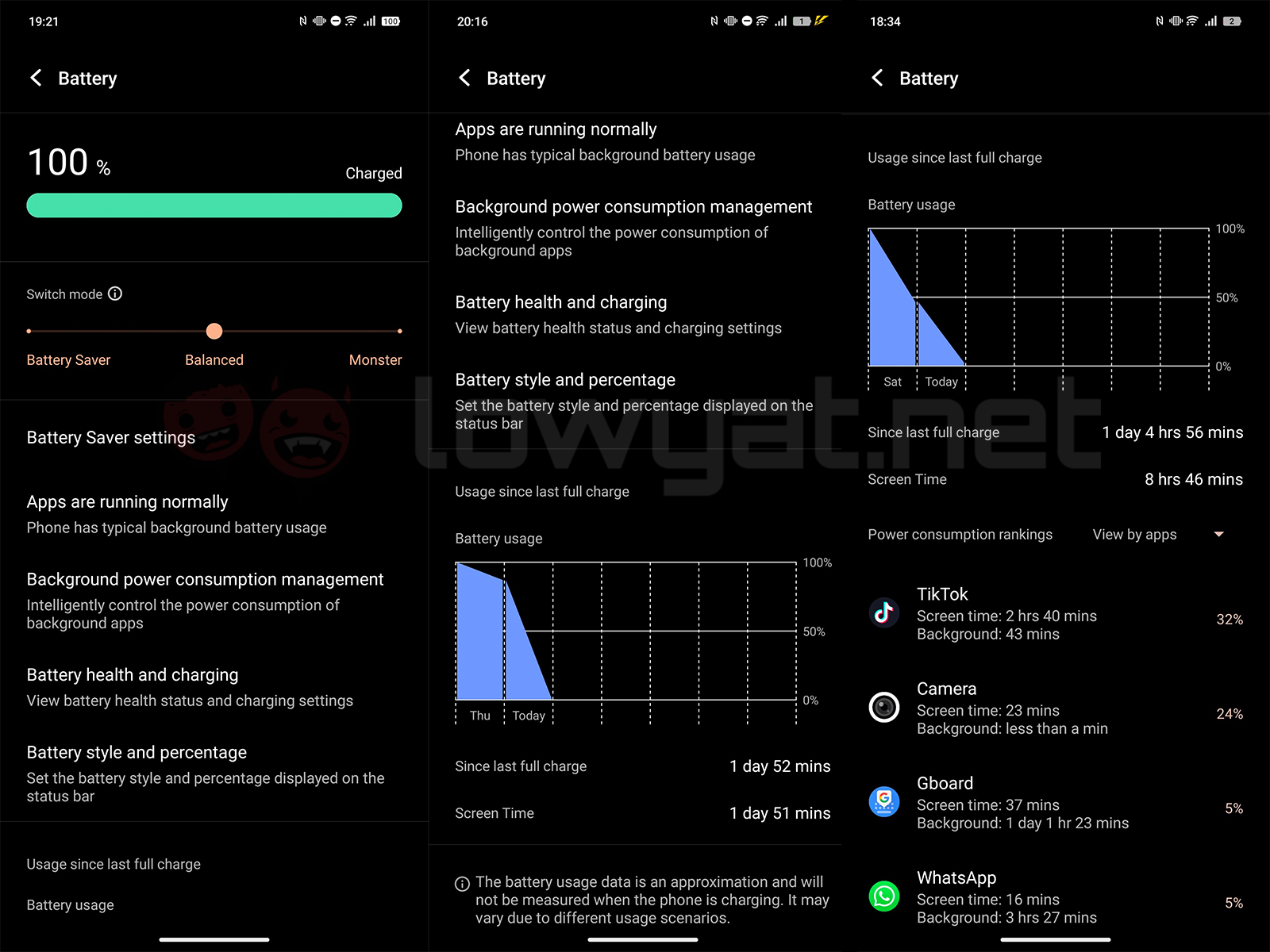
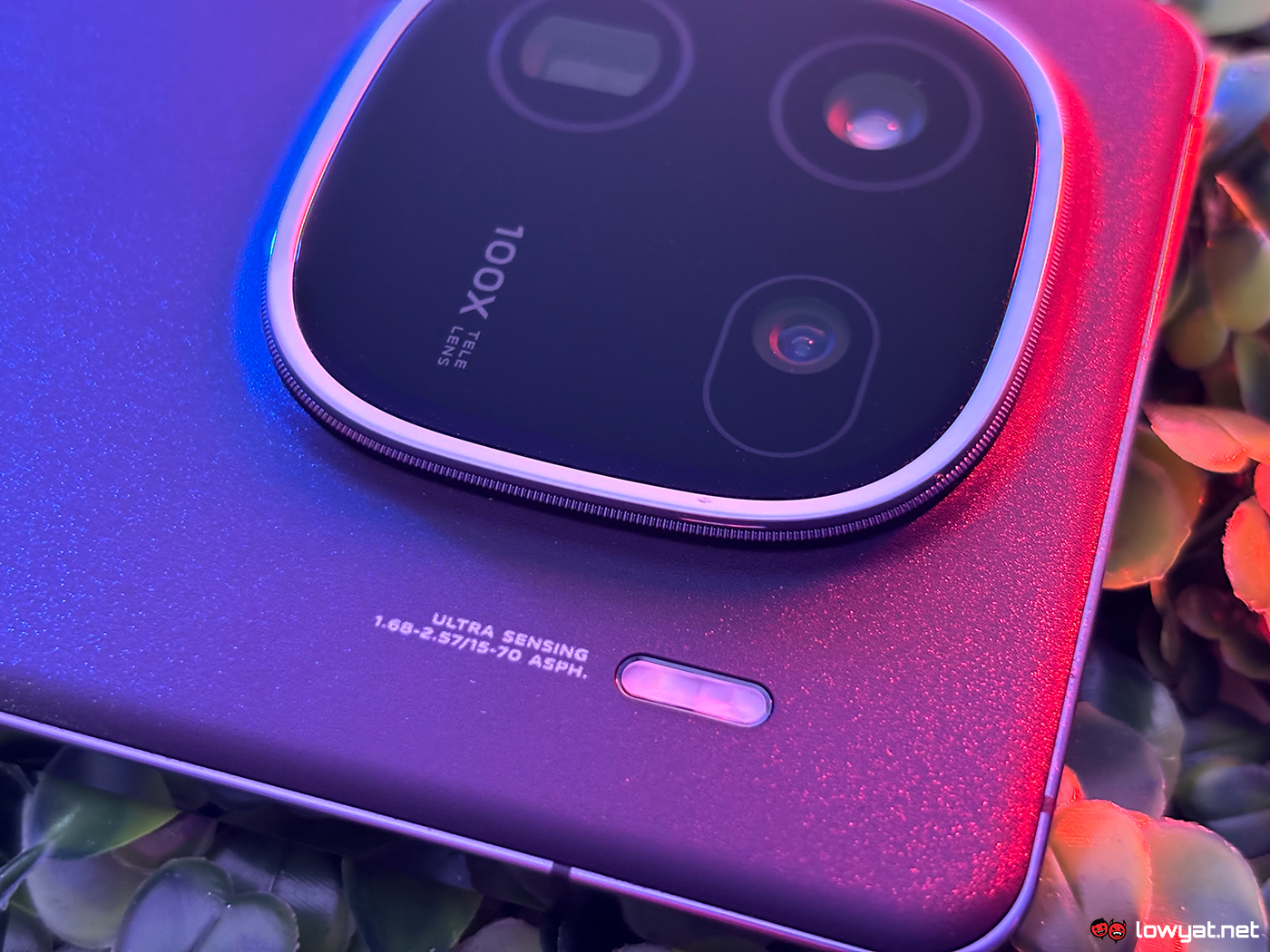
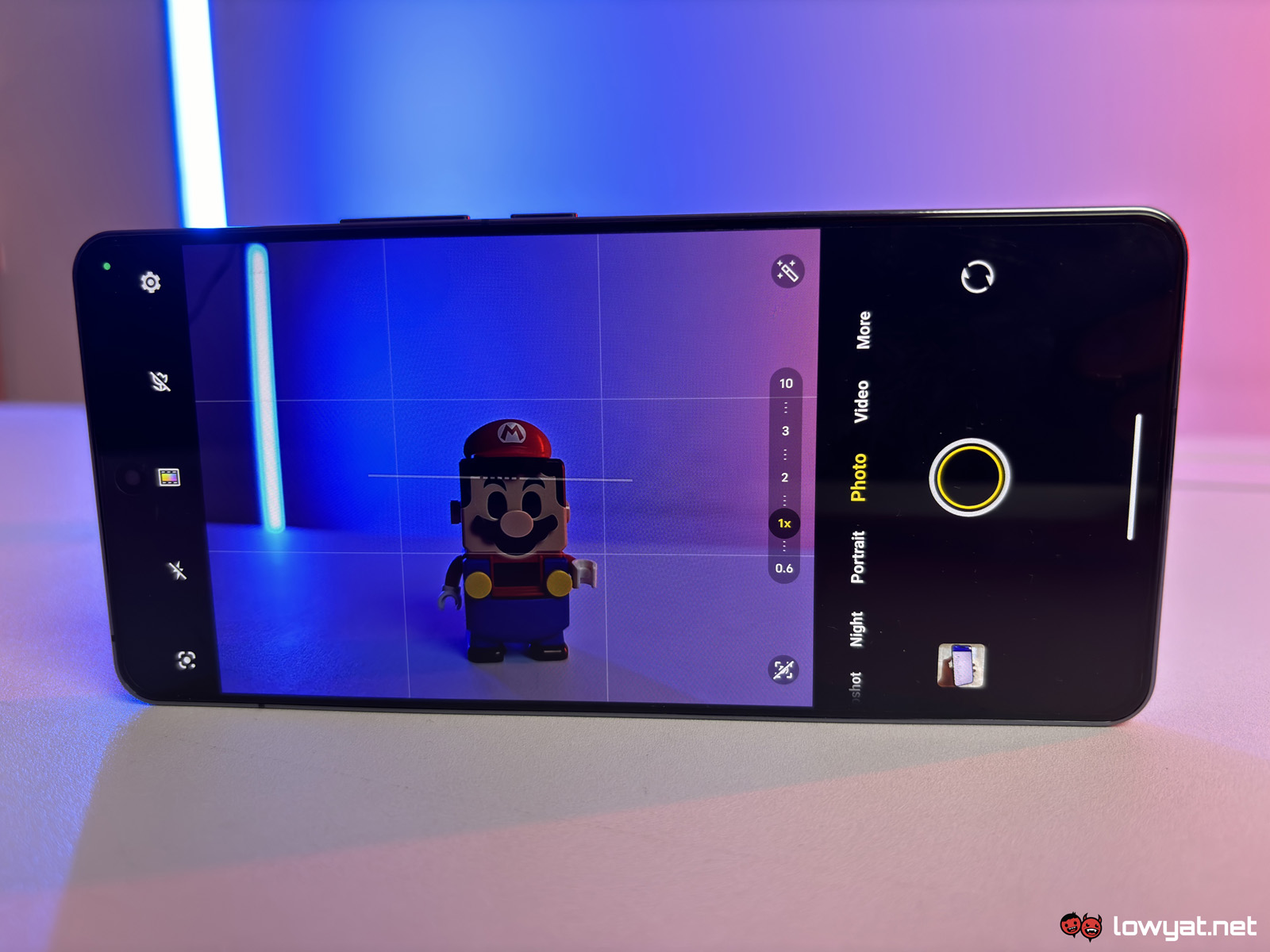
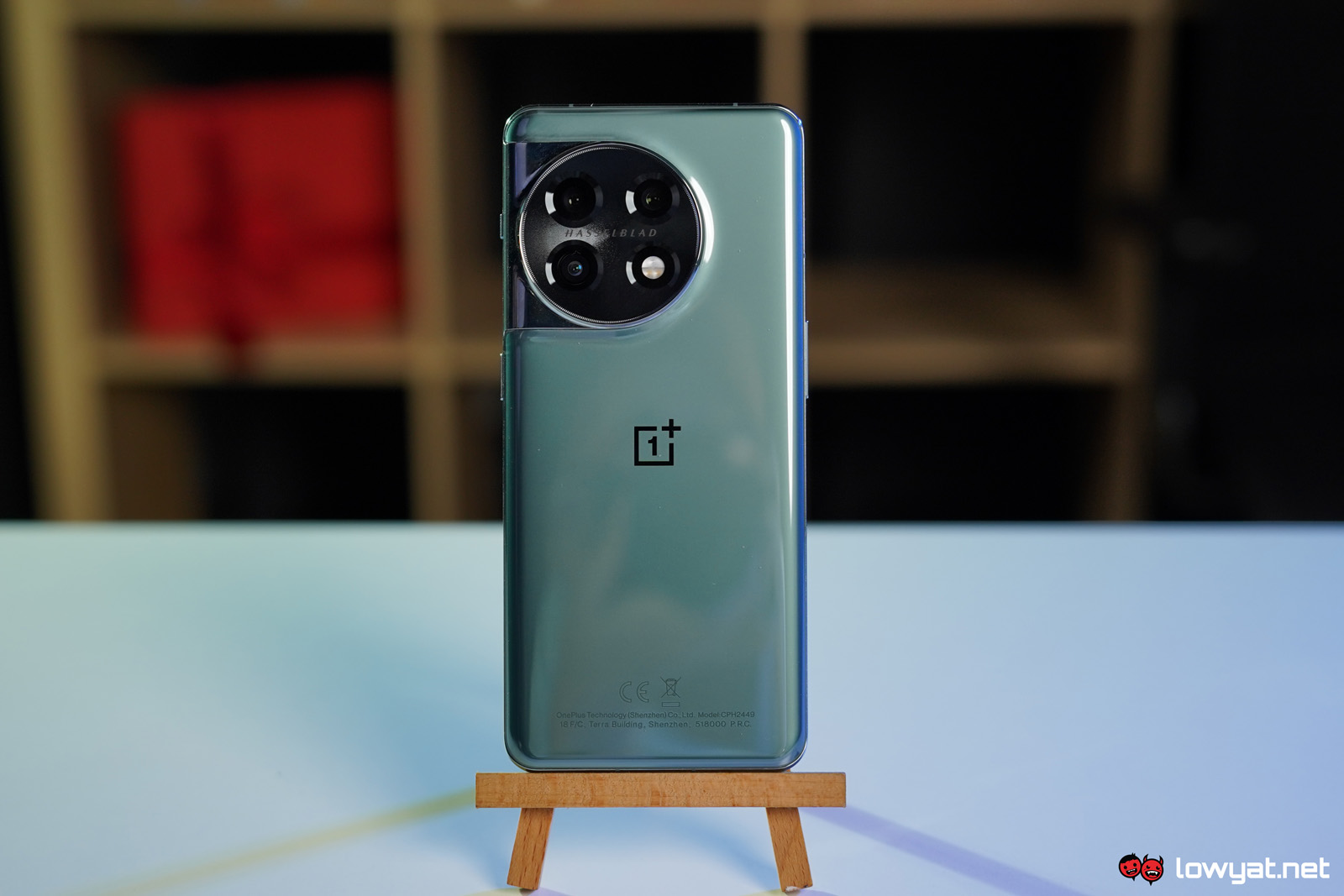
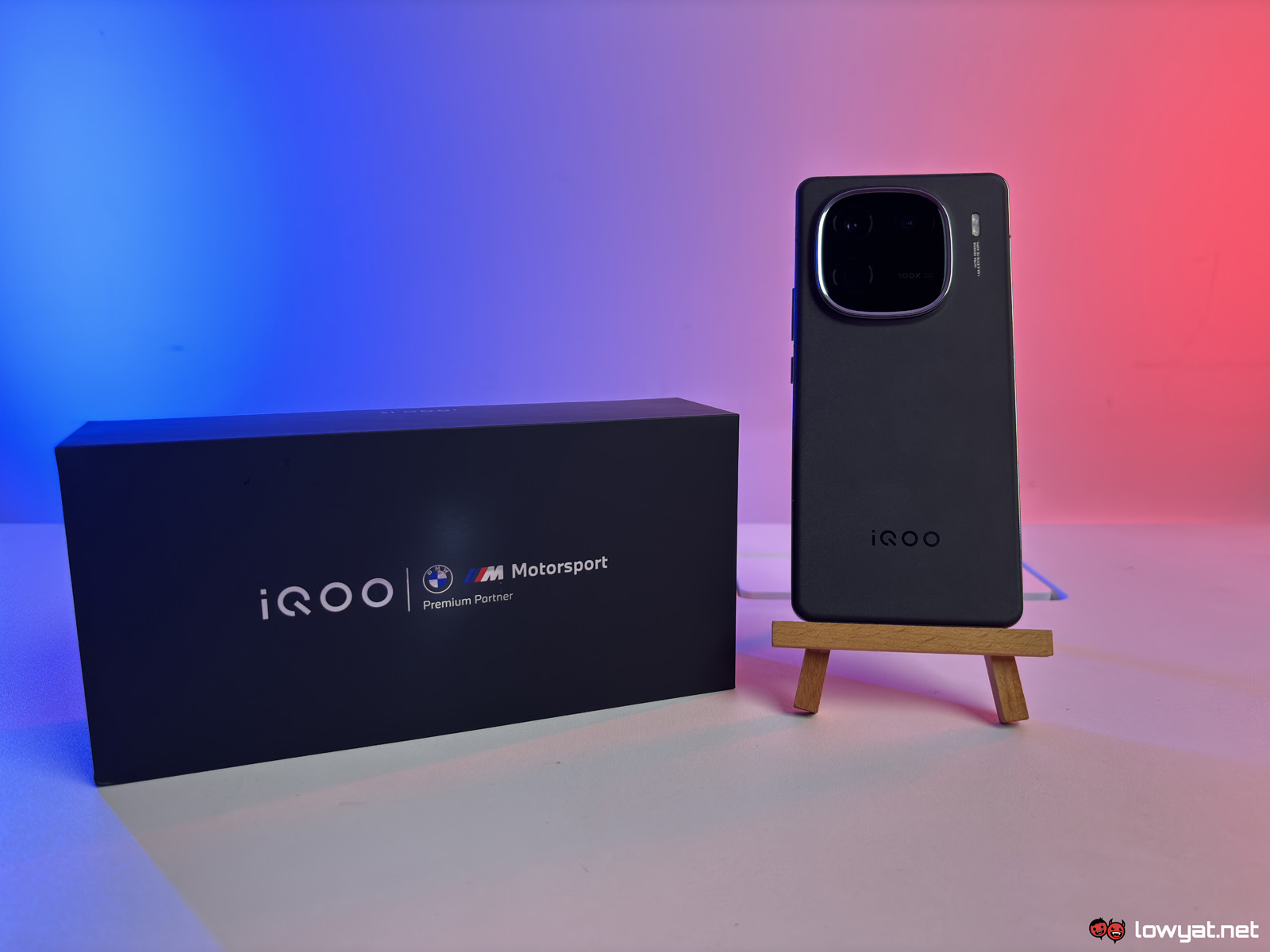
0 Commentaires